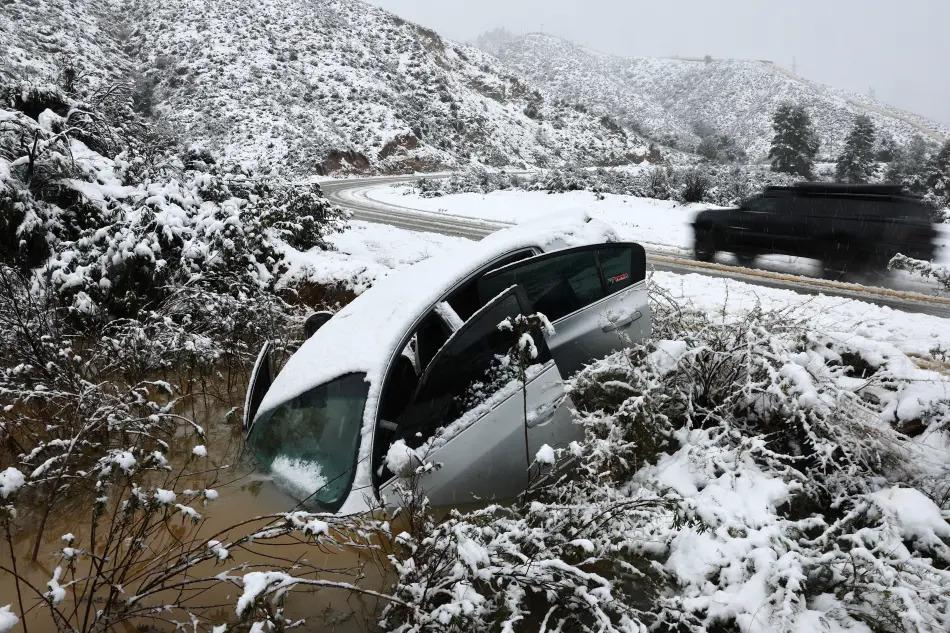By Jordan Hum | Copy Editor

Despite the Southern California storms which spanned from Feb. 22 to March 2, California remains in a drought. The drought emergency declaration that Governor Newsom issued in 2021 is still in effect, with water restrictions still in place for California residents.
As of Mar. 13, 43 percent of California remains in a moderate drought, while 19 percent is still in severe drought conditions, according to the National Integrated Drought Information System.
“I want to be clear that these storms — and the likely rain and snow we may get over the next few weeks — did not, nor will they fully, end the drought, at least not yet,” Yana Garcia, secretary of the California Environmental Protection Agency, said. “We’re in better shape than we were two months ago, but we’re not out of the woods.”
On March 1, California Governor Gavin Newsom declared a state of emergency for 13 counties due to severe winter storms that have brought an unusual amount of rain and snowfall to Southern California.
The 13 counties under the order are Amador, Los Angeles, Kern, Madera, Mariposa, Mono, Nevada, San Bernardino, San Luis Obispo, Santa Barbara, Sierra, Sonoma, and Tulare.
The order allows California state agencies to employ all state personnel, equipment, and facilities that are in line with Cal OES (California Office of Emergency Services) and the State Emergency Plan. In addition, Cal OES will provide assistance to local governments.
Feb. 22 marked the beginning of the heavy storms that swept through Southern California. According to the National Weather Service, the San Gabriel Dam located in Azusa received over seven inches of precipitation from Feb. 22 to March 2.
“The weekend marked the first time downtown Los Angeles received at least 2 inches of rain on consecutive calendar days since Feb. 28 and March 1 of 1978,” according to NBC Los Angeles,
The storm conditions resulted in the first blizzard warning in Los Angeles since 1989. The warning, which came into effect on Feb. 22, is only the second time Los Angeles has received the precaution.
“Between late [Feb. 23] and early [Feb. 25], we’re looking at a storm delivering more snow than any other snow in recent decades,” meteorologist David Sweet told the Los Angeles Times. “This is an unusual storm for the area.”
Snowfall was substantial in the San Bernardino and San Gabriel Mountains during the storm. Big Bear Mountain in San Bernardino received 59 inches of snow and Wrightwood in the San Gabriel Mountains received 27 inches of snow, according to the National Weather Service.
Conditions in the San Bernadino Mountains trapped residents under five feet of snow, causing many of them to ration their supplies. According to the Los Angeles Times, Nathalie Granger, a Lake Arrowhead resident, has had to share baby wipes, dog food, and milk with neighbors because of the difficulties of “high snow mounds” surrounding her home.
Due to dangerous conditions such as flooding and mud, on Feb. 25 the California Department of Transportation closed Interstate 5 through the Grapevine. The I-5 is the major north-south highway that runs down California, stretching from Canada to Mexico.
